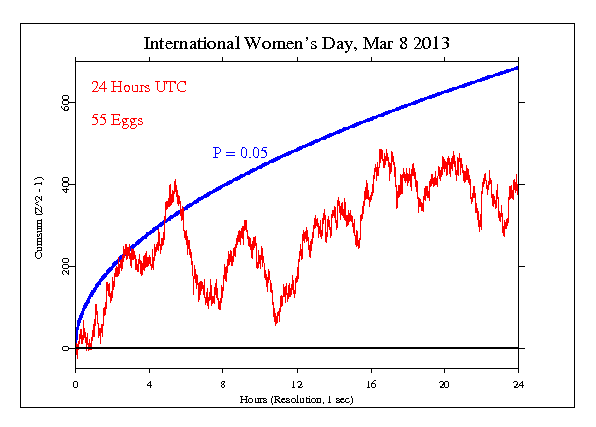|
From Forbes:
Today (March 8) is International Women’s Day and my Twitter feed courses with
feminist politics, links to causes involving women and girls, and
high-minded wishes for a world without base misogyny and cruel sexual
exploitation. There’s a Google doodle and a White House proclamation.
There’s a website and a hashtag and a slogan: “a modern progressive
world needs equality.”
...
Yet in reading some of the posts this morning, I found myself thinking
about work and the nature of opportunity and success. International
Women’s Day traces its origins back to a protest by women garment
workers in New York against poor working conditions. In 1908, the
Socialist Party of American established a day to support the garment
workers and a year later, behind the slogan “Bread and Roses,” the
commemoration spread to Europe. The deaths of 146 workers, mostly young
immigrant women, in the Triangle Shirtwaist Factory fire in 1911, the
deadliest industrial disaster in the history of New York, showed the
prescience of those original protests and the International Women’s Day
movement gained steam in demonstrating against the slaughter of the
trenches in World War I and was instrumental in the downfall of the
Russian Czar.
At its core, International Women’s Day was about the right to work – and
the right to work in fair conditions, properly compensated for labor,
and legally organized in open forums.
The GCP event was set for the full 24 hour day as in previous years. The
result is 86792 on 86400 df for p = 0.173 and Z = 0.943.

It is important to keep in mind that we have only a tiny
statistical effect, so that it is always hard to distinguish
signal from noise. This means that every "success" might be
largely driven by chance, and every "null" might include a real
signal overwhelmed by noise. In the long run, a real effect can
be identified only by patiently accumulating replications of
similar analyses.
|